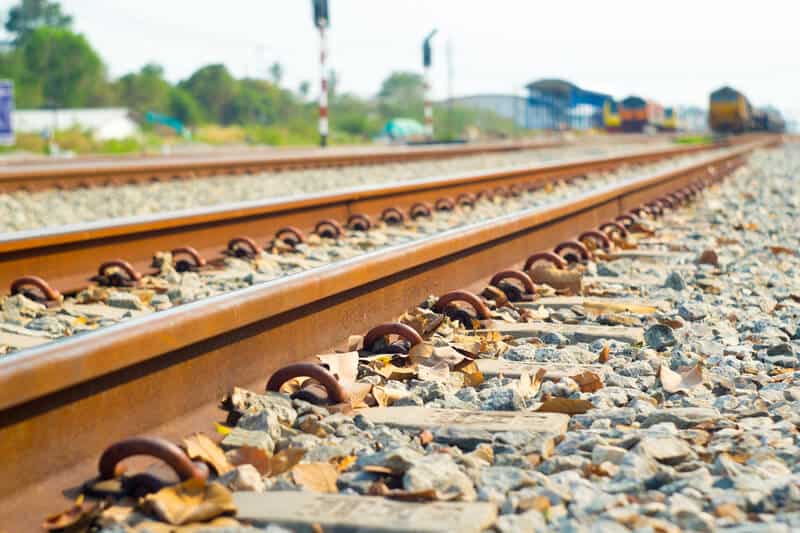This week, SRF reported that Swiss Rail is using fire trucks to water rails to reduce the risk of buckling and derailment. Sun and summer temperatures can push the heat of the rails as high as 60 degrees.
Most lengths of track are welded together. This means there are no expansion gaps to release pressure as the heat expands the metal. Rails are clipped tightly to heavy sleepers and set in compacted ballast, typically gravel. This prevents expansion from shifting the track laterally, forcing the rail to absorb thermal stress instead. A track is considered deformed if it shifts more than 50 millimetres laterally. This is a safety hazard.
In addition, tracks are installed at an appropriate Stress-Free Temperature (SFT) – the temperature where the track is neutral, neither compressed or stretched. In hot countries rails are installed at a much higher SFT. Places with wide ranging temperatures, like Switzerland, must rely more on sleepers and ballast because temperatures can move quite far from the SFT across the seasons.
In Switzerland, rail heat (or sun) kinks are relatively rare, occurring 3 to 7 times a year across the whole network. They typically cause trains to jolt and are noticed by drivers, who report them to maintenance crews.
To contain track damage, Swiss Rail has been dispatching firefighting trains equipped with 45,000-litre water tanks to spray water directly onto overheated tracks showing signs of damage to reduce their temperature. The goal is not to fix the track but to stabilise it until maintenance crews can carry out repairs.
Despite an increase in temperatures in recent years, Swiss Rail insists that heat-related disruptions are not on the rise. That is largely thanks to preventive maintenance, said the company.
Another way to manage the problem is to paint tracks white. This strategy has been used on some stretches of track on Alpine routes. After testing the effects of this Swiss Rail decided not to use the approach across its network.
Beyond these measures, running trains at lower speeds during heatwaves can be a necessary precaution.
More on this:
SRF article (in German)
For more stories like this on Switzerland follow us on Facebook and Twitter.

